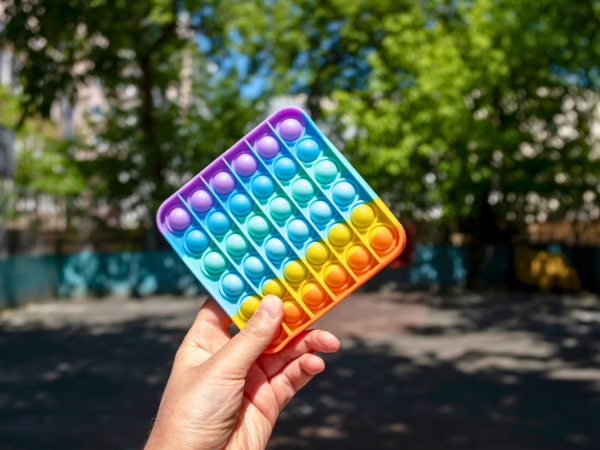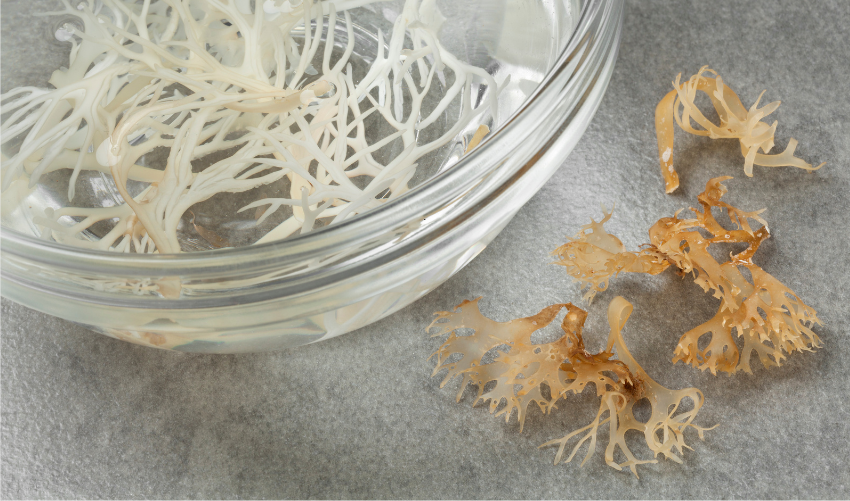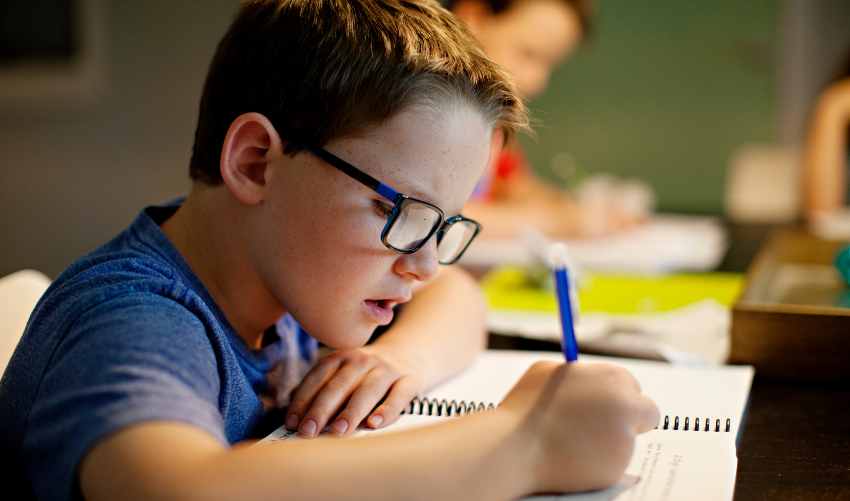When it comes to choosing toys for your kids, color plays a huge role. This guide we’ll explore the colors that capture children’s hearts and why these choices matter more than you might think.
The Science Behind Kids’ Color Preferences
Choosing toys with the right colors is more than just a fun decision. It plays a vital role in how children interact with their environment. Understanding these preferences helps parents and caregivers select toys that boost learning, attention, and memory.
How Children Perceive Colors
Children’s perception of color evolves over time. Infants’ color vision matures quickly. Initially, they see high-contrast colors best. As they grow, their ability to discriminate colors improves.
Toddlers can distinguish a wide range of hues. By age two, they recognize primary colors easily. By age three, they can name colors.
| Age Group | Color Recognition Skills |
|---|---|
| 0-6 Months | Focus on bright, high-contrast colors |
| 6-12 Months | Begin to see a wider range of colors |
| 1-2 Years | Recognize and distinguish basic colors |
| 2-3 Years | Name colors and show preferences |
Bright, high-contrast colors stimulate young brains. These colors capture and hold a child’s attention. This is why toys in vibrant colors are often more appealing. They also encourage exploration and play.
Psychological Impact Of Color On Kids
Colors evoke feelings and emotional cues. For children, this connection is strong. Different colors can create different moods. For example:
- Red: Excitement and energy
- Blue: Calm and serenity
- Yellow: Happiness and cheerfulness
- Green: Growth and balance
The psychological impact of color extends to attention and focus. Bright colors can keep a child’s interest longer. This helps with learning and memory retention. Children often categorize objects based on color. This aids in their cognitive development.
The Top Colors Kids Are Drawn To In Toys
Understanding the top colors that kids love can help parents and toy makers create better products. Let’s explore the most popular colors kids love in toys.

Bright, Primary Colors Dominate
Bright and primary colors are at the forefront of children’s toys. These colors are often the first choice for toy designers. They catch the eye and keep kids interested. Here are some common primary colors:
- Red: Energy, excitement, and attention-grabbing.
- Blue: Calmness and trust, popular as children age.
- Yellow: Happiness, warmth, and promotes cheerfulness.
- Green: Nature, growth, and calming effect.
These colors stand out. They help in early learning and recognition. High contrast colors are easily distinguishable by developing eyes. This feature aids in visual stimulation, making toys more engaging. A survey showed that:
| Color | Percentage of Preference |
|---|---|
| Red | 30% |
| Blue | 25% |
| Yellow | 20% |
| Green | 25% |
Bright colors are not just pretty; they play a significant role in childhood development. Children learn colors through play. Toys in vivid colors help develop their cognitive skills.
Why These Colors Resonate With Young Children
Colors have a strong impact on children’s feelings and thoughts. Each color carries a specific meaning. For instance, red represents energy and excitement. It grabs attention quickly. This is why many toys use red prominently.
Blue evokes calmness and trust. As children grow, they start to prefer blue. Yellow stands for happiness and warmth. It promotes cheerfulness, making it a favorite among younger kids. Green is associated with nature and growth. It has a calming effect, helping children feel relaxed.
Bright colors are universally appealing. They evoke positive associations. Toys in these colors are visually stimulating. This is important for young minds as they explore their environment. Bright, primary colors also support early learning.
Why Toy Color Choices Matter For Play & Development
Colors play a vital role in children’s toys. Bright colors draw children to toys. They evoke emotions and spark curiosity. The choices we make in toy colors can affect how kids engage and learn during playtime.
Impact On Engagement And Playtime
Color choices have a significant impact on how children engage with toys. Engaging colors encourage longer play. When children are attracted to bright colors, they are more likely to explore and use the toys. This exploration leads to more productive playtime.
Here are a few reasons why color matters:
- Reduces Overwhelm: Thoughtful palettes prevent visual clutter. Simple color schemes help children focus.
- Bright Colors: Bright colors draw children to toys. They create excitement and curiosity.
- Visual Appeal: Toys with appealing colors catch children’s eyes first. This leads to engagement.
Choosing toys in vibrant colors can lead to longer play sessions. Children feel drawn to these colors, which enhances their play experience.

Supporting Learning And Cognitive Growth
Colors also play a crucial role in children’s learning. Color recognition is one of the first skills children develop. Bright toys help reinforce naming and identifying colors. This skill is important for early childhood development.
Here are ways color supports learning:
- Categorization Skills: Children use colors to sort and group objects. This skill is fundamental for later learning.
- Creativity & Expression: A rich palette provides opportunities for imaginative scenarios. Children explore their creativity through play.
- Social Skills: Playing with colorful toys can encourage interaction with peers. Kids learn to share and collaborate.
Colorful toys also stimulate cognitive growth. They encourage children to ask questions and explore their surroundings. Engaging colors make learning fun and interactive. Parents can use toys to teach colors and promote discussions.
Beyond Color: What Else Influences Toy Appeal
Beyond color, other factors also influence toy appeal. Understanding these elements helps parents choose toys that truly engage their kids. This section explores how texture, character, and themes make toys more appealing.
Texture And Sensory Experience
Texture plays a vital role in how children interact with toys. The feel of a toy can greatly enhance its appeal. Different textures invite kids to explore and engage. Tactile feedback helps kids understand the world around them. Here are some key points about texture:
- Multi-Sensory Engagement: Toys that provide various sensory experiences capture attention.
- Different textures enhance play: Soft, bumpy, or smooth surfaces create fun interactions.
- Developmental Benefits: Toys with varied textures aid sensory processing and exploration.
Children often prefer toys that they can touch and feel. For example, plush toys are soft and comforting, while rubber balls are bouncy and fun. A table below outlines some common textures found in toys:
| Texture | Examples | Benefits |
|---|---|---|
| Soft | Plush animals | Comforting and safe for hugging |
| Bumpy | Textured blocks | Encourages tactile exploration |
| Smooth | Wooden toys | Easy to manipulate and hold |
Incorporating various textures in toys creates a richer play experience. Kids learn through touch, which enhances their engagement and enjoyment.
Character And Theme Appeal
Characters and themes significantly impact toy attraction. Kids often gravitate towards familiar faces and stories. Beloved characters increase engagement and inspire imaginative play. Here’s why character and themes matter:
- Storytelling Opportunities: Themed toys encourage kids to create narratives.
- Relatable Scenarios: Toys reflecting real-world or fantasy situations enhance play.
- Emotional Connection: Children form bonds with characters they know and love.
Choosing toys that feature familiar characters or themes can enhance a child’s playtime. It allows them to connect emotionally and use their imagination.





Leave a Reply